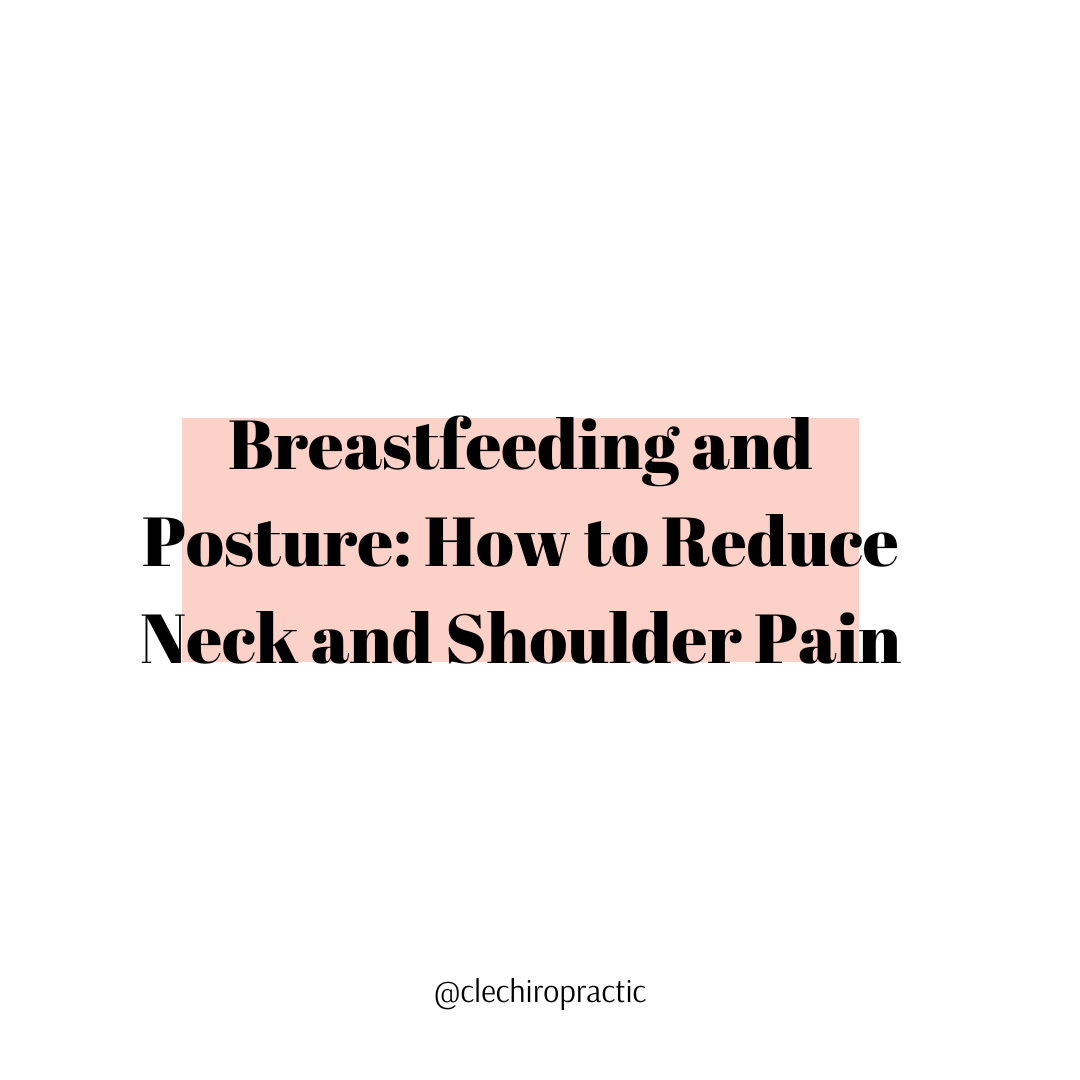Pregnancy is a beautiful time of growth and change — but it can also come with new aches, shifting posture, and a body that feels unfamiliar at times. Yoga is one of my favorite ways to support the prenatal body because it blends movement, breath, stability, and relaxation in a way that feels both grounding and energizing.
Below are some of my go-to prenatal yoga poses. They are approachable for most people, can be modified easily, and help support the areas that tend to need the most love during pregnancy.
As always, I’ll encourage you to listen to your own body when trying new stretches. If something doesn’t feel right for you, no need to force yourself into it! Pregnancy is a time of many changes, and some poses may just not feel right for you, and that is okay.
Here are a few of my go-to poses:
1. Cat-Cow (Spinal Mobility & Core Connection)
This gentle flow helps ease back tension, improve mobility in the spine, and create more space through the low back and pelvis.
Why I love it:
Reduces stiffness from daily sitting
Encourages baby to settle into an optimal position
Supports core, pelvic floor, and breath coordination
How to do it:
On hands and knees, alternate between arching your back (cow) on an inhale and rounding gently (cat) on an exhale.
2. Child’s Pose (Rest & Hip Opening)
A deeply grounding pose that relieves tension through the hips, low back, and pelvic floor.
Why I love it:
Calms the nervous system
Great for moments of overwhelm
Provides gentle pelvic opening
Tip: Widen your knees to make room for your belly and rest your head on a pillow for extra support.
3. Wide-Legged Forward Fold (Stretching the Back & Hamstrings)
A soothing pose that helps release tight hamstrings and decompress the spine.
Why I love it:
Relieves low-back tension
Encourages gentle lengthening through the back of the legs
Helps with posture by reducing pull on the pelvis
Modify: Place hands on blocks or a chair for more support.
4. Supported Goddess Pose (Hip Mobility & Pelvic Opening)
A seated or standing hip opener that feels grounding and empowering.
Why I love it:
Strengthens the glutes and pelvic stabilizers
Supports mobility for labor
Feels great after long periods of sitting
Option: Use a wall behind you or blocks under your thighs for comfort.
5. Side-Lying Stretch (Low Back & Side Body Relief)
Perfect for late pregnancy when belly-down or back-lying poses feel uncomfortable.
Why I love it:
Provides spaciousness in the rib cage
Eases low-back and round ligament discomfort
Great as part of a bedtime routine
How to: Lying on your side, stretch the top arm overhead and gently reach through the side body.
6. Supported Bridge Pose (Glute Strength & Pelvic Stability)
A gentle strengthening pose that also offers a lovely stretch to the front of the hips.
Why I love it:
Helps counteract anterior pelvic tilt
Supports the glutes and hamstrings
Opens the chest and hips
Modify: Use a yoga block or bolster under the sacrum for a supported, restorative version.
7. Deep Squat / Malasana (Pelvic Opening & Grounding)
A functional movement that helps prepare the pelvis for birth.
Why I love it:
Encourages pelvic mobility
Strengthens legs and hips
Supports optimal baby positioning
Important:
If baby is breech or you have pelvic floor concerns, check with your provider or pelvic floor specialist before adding this one.
Bringing It All Together
Yoga during pregnancy doesn’t have to be intense or lengthy. Even 5–10 minutes a day can help you feel more comfortable, aligned, and connected to your changing body.
If you’d like help building a prenatal routine that supports your unique body — or you’re experiencing discomfort and want personalized guidance — I’d love to help you feel your best during this season.
Take care,
Dr. Gina





